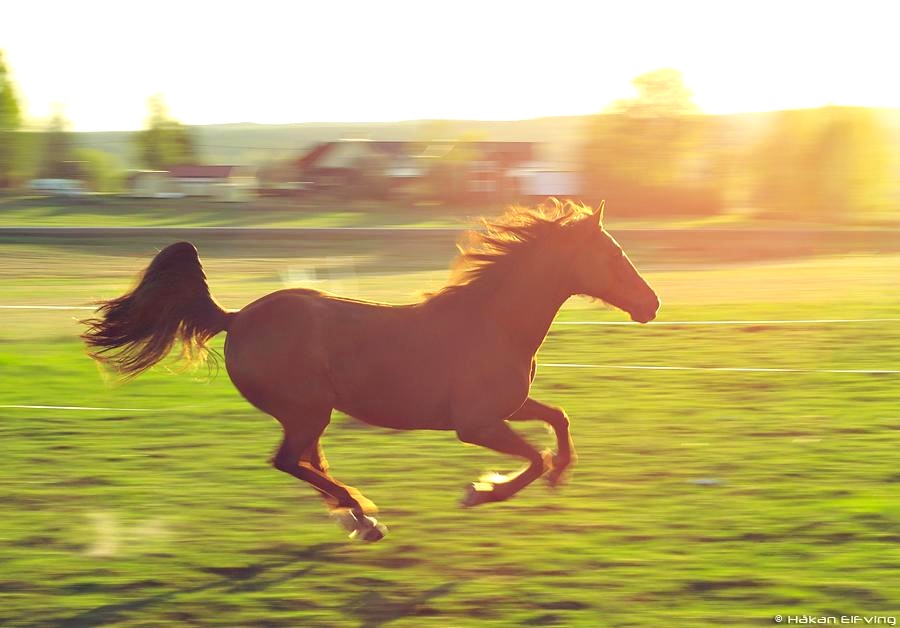The Basics of Horse Racing: An Introduction to the Thrilling Sport
Horse racing is a thrilling sport that has been around for centuries. It is one of the oldest sports in the world and is enjoyed by millions of people around the world. Horse racing involves two or more horses racing against each other for a predetermined distance. It is a popular spectator sport, as well as a great way for horse owners to showcase their horses’ speed, agility and endurance.
Horse racing is a complex sport, with a variety of different rules and regulations that govern the race. Before getting involved in horse racing, it is important to understand the basic rules of the sport. This article will provide an overview of the basics of horse racing, including the different types of races, the rules for horse owners and riders, and the different safety protocols.
Types of Races
There are many different types of horse races, each with their own specific rules and regulations. The most common types of races are flat races, hurdle races, steeplechases and point-to-point races.
Flat Racing: Flat races involve horses running on a flat track over a predetermined distance. This type of race is the most popular and is the basis for most horse racing events.
Hurdle Racing: Hurdle races involve horses running over a series of hurdles and jumps. This type of race is typically seen in National Hunt racing and is known for its high-speed, thrilling action.
Steeplechases: Steeplechases involve horses running over a course that includes both flat and jumped obstacles. These races are popular in England and Ireland and are known for their long-distance endurance challenges.
Point-to-Point Races: Point-to-point races involve horses running from one point on the track to another, usually over a distance of approximately two miles. They are popular in the United Kingdom and Ireland and are often used to identify young horses with potential for higher level competitions.
Rules for Owners and Riders
In addition to the specific rules for each type of race, there are also general rules that govern the sport. These rules typically govern the rights and obligations of owners and riders, as well as the behavior of horses and riders during a race.
Owners: Owners are responsible for registering their horse, providing the necessary veterinary care, and ensuring that the horse is trained and fit for racing. They must also be licensed and have their horse inspected by the local racing authority prior to the race.
Riders: Riders must be licensed and have the appropriate clothing and equipment for the race. They must also abide by the rules of the race, including keeping their horse under control and not interfering with the other horses in the race.
Horse Behavior: Horses must behave in a manner that is safe and sportsmanlike at all times. Horses must not rear or bolt during a race, and they must obey the commands of their riders.
Safety Protocols
Safety is a priority in horse racing, and all participants must adhere to certain safety protocols. Horses must wear protective equipment, such as helmets, boots and a protective vest. Riders must also wear helmets and other safety gear.
In addition, racetracks must be inspected prior to a race to ensure that they are safe and free of any potential hazards. The racetrack must also have adequate medical staff and equipment on hand in the event of an injury or emergency.
Conclusion
Horse racing is a thrilling sport that has been around for centuries. Understanding the basics of the sport, including the different types of races, the rules for horse owners and riders, and the safety protocols is essential for anyone who is interested in getting involved in horse racing. With the right knowledge and preparation, horse racing can be a fun and rewarding experience for both horse owners and spectators alike.

